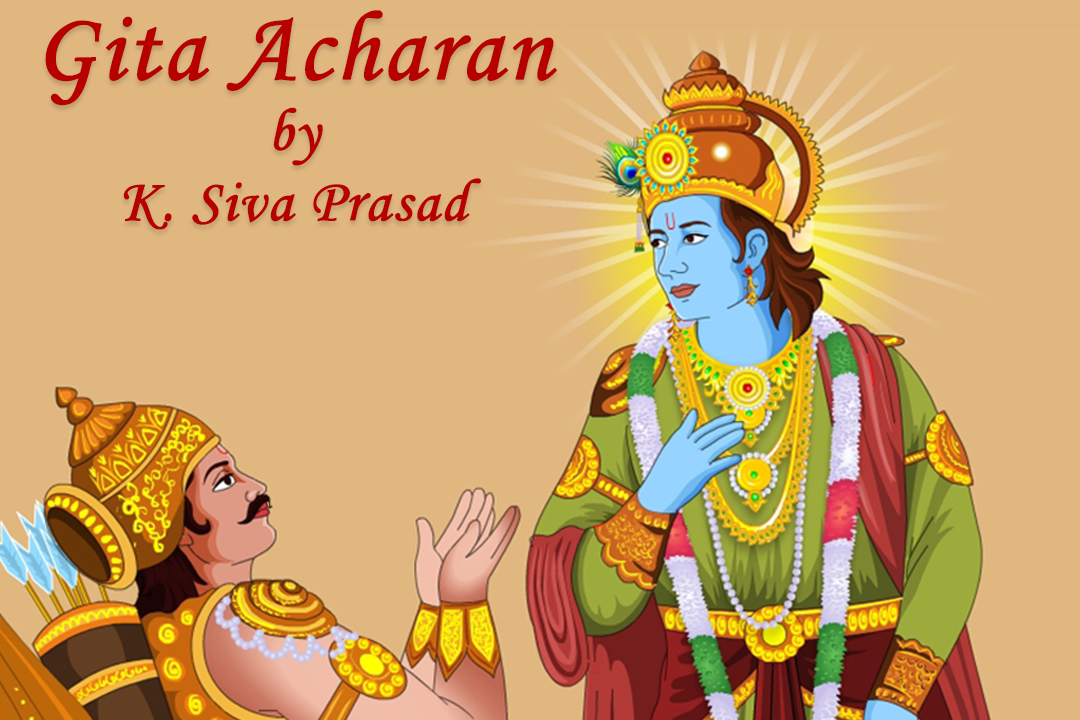134. Competing with Self

Krishna mentioned that four types of devotees worship him; to remove their difficulties (artah) , to attain success (artharthi) , to obtain knowledge (jignashu) and a jnani (wise) (7.16). He elaborates about the jnani and says that the jnani who is nitya-yukta (ever steadfast) with single pointed devotion is the best among all devotees. I am extremely dear to jnani and he is dear to me (7.17). At the end of the many janma (births), the man of wisdom reaches Me (7.19). Many ' janma ' is usually interpreted that we should go through many births to become the jnani though there appears to be no reason for this. Another interpretation would bring clarity by taking ' janma ' as a generic word rather than specific to the creation of our physical body. It can be ' janma ' of a situation or circumstance around us which is a continuous process. These can be favourable or painful but all of them have the potential to teach us and it is about how quickl...



